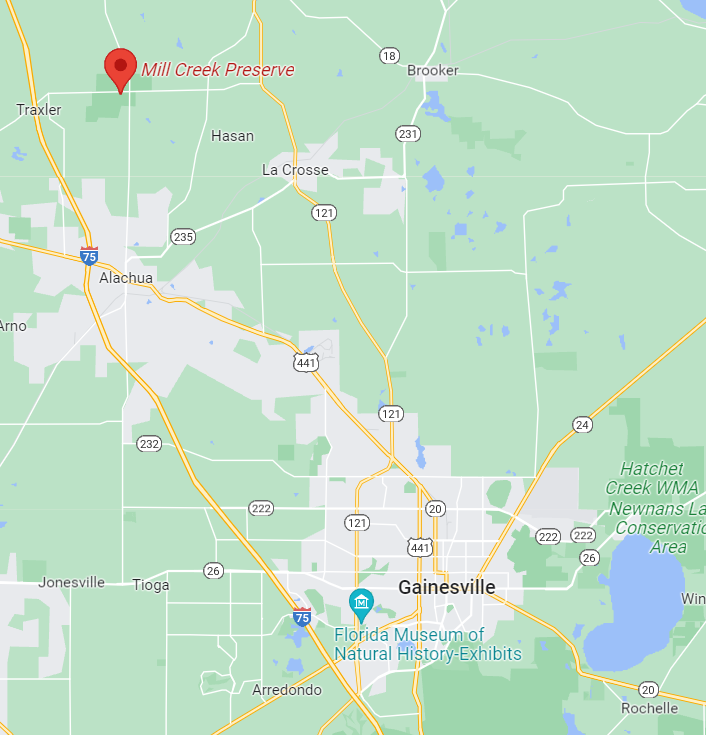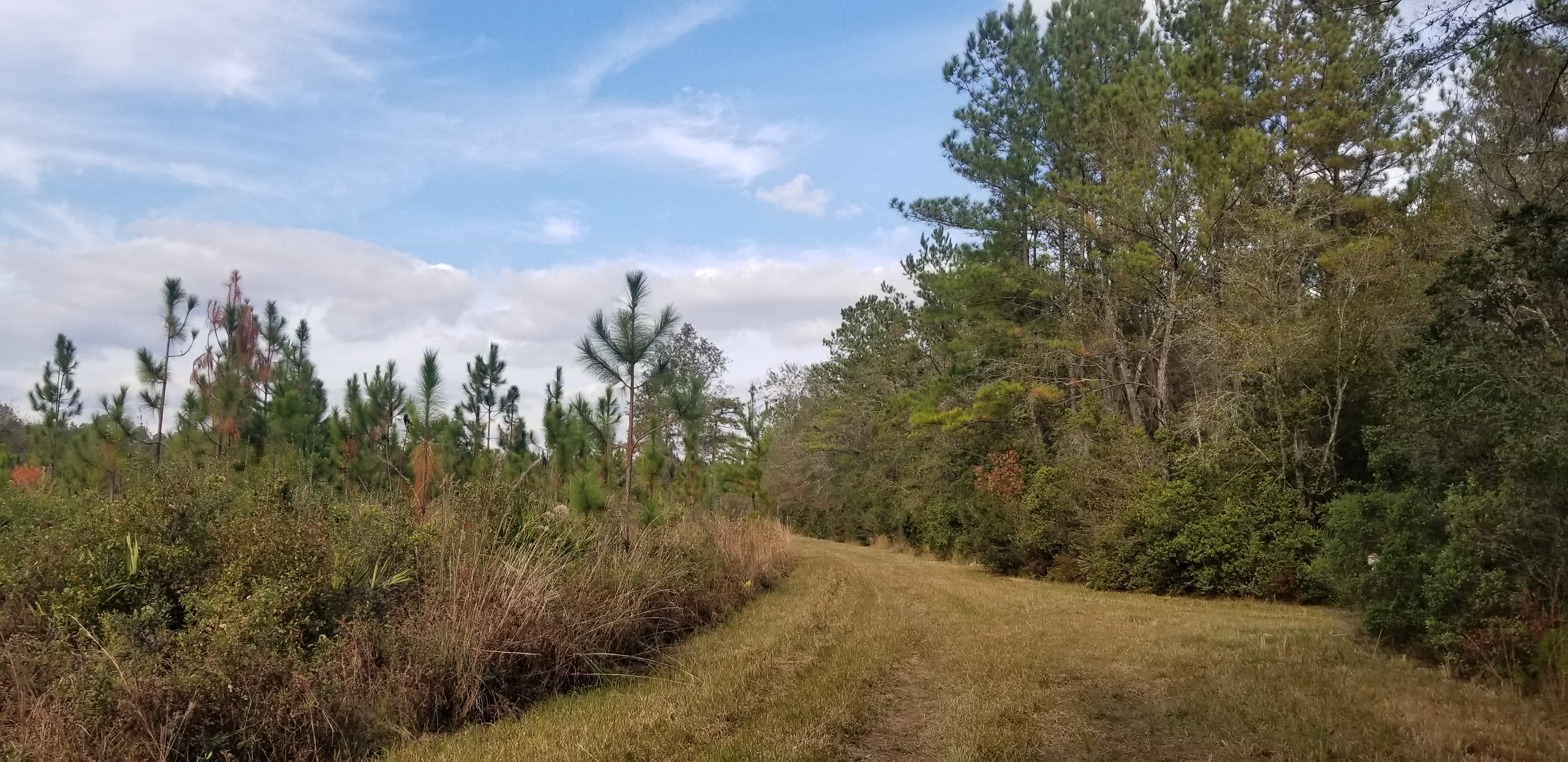Species: Fagus grandifolia
Ehrh.


Recently I explored Mill Creek Nature
Preserve for the first time, and encountered
the southernmost population of American
beech trees. I was particularly excited
because I've read all about beech trees in
Peter Wohlleben's book The Hidden Life of
Trees. It's a wonderful little book that
has completely changed the way I think about
trees, and I would recommend it to everyone.
Wohlleben has experience with European
beeches, which are fascinating trees with a
number of incredible adaptations. They talk
to each other, feed each other, encourage
their offspring to grow slow and straight,
and create their own microclimates. America
isn't known for its sprawling forests of
massive beeches the way Central Europe is,
but our beech trees still have a stately
look about them, at least from what I gather
on Google images. The specimens in Florida
are quite small and scraggly, likely because
this is the hot extreme of their temperature
range, so they are outcompeted in this
landscape by oak, magnolia, sweetgum, and
others.
In Europe the American beech is known as
large-leaved beech, and it used to coexist
alongside the common beech in Europe until
it was wiped out in the last ice age.
Mill Creek is a large forest, and I'd like
to go back in summer and explore some of the
other trails when the trees are in full
flush. There were many interesting trees you
don't usually encounter on Gainesville
trails, and many were labeled, but I think I
went down the trail backwards from the
intended direction because I didn't
encounter any labels until the last part of
my trip. The pockets of beech were marked on
the trail map. I went along enthusiastically
inspecting every unknown broadleaf tree,
everything with serrated leaves, convinced
I'd found a beech. Beech leaves can be
difficult to tell from hophornbeam, river
birch, white ash, and others. A surefire
identification method is the underside of
the leaf, which is covered in silky hairs on
a beech. This is known as pubescence, which
sounds gross but just means it's hairy. It's
quite soft to the touch. What is the
evolutionary purpose of these hairs? Might
have something to do with conserving water
during gas exchange.
Beech leaves sit on their branches in broad,
flat planes, giving the whole tree a tiered
appearance like a well-pruned bonsai. The
leaves are large, with an ovate shape that
starts and ends with tapered points but
flares out wide in the middle. They are
smooth medium green on top, with distinct
veins that run all the way to the margins.
The margins are serrate, but not hugely, and
you could miss it if you're not looking for
it. Contrast this with the exaggerated
serrations of the river birch leaf, which is
smaller with a wider base narrowing to a
triangular point. Or the hophornbeam, which
has fine sawtooth double serrations (smaller
teeth between the larger teeth).
Other interesting plants at Mill Creek
include cinnamon fern, parsley haw, horse
sugar, gallberry, musclewood, wild olive,
and sparkleberry. Fun fact, many common
blueberry varieties are derived from
Florida's native Vaccinium species
such as highbush blueberry and sparkleberry.
Sources
Wohlleben, Peter. The Hidden Life of
Trees. Greystone Books, 2015.
https://www.srs.fs.usda.gov/pubs/misc/ag_654/volume_2/fagus/grandifolia.htm